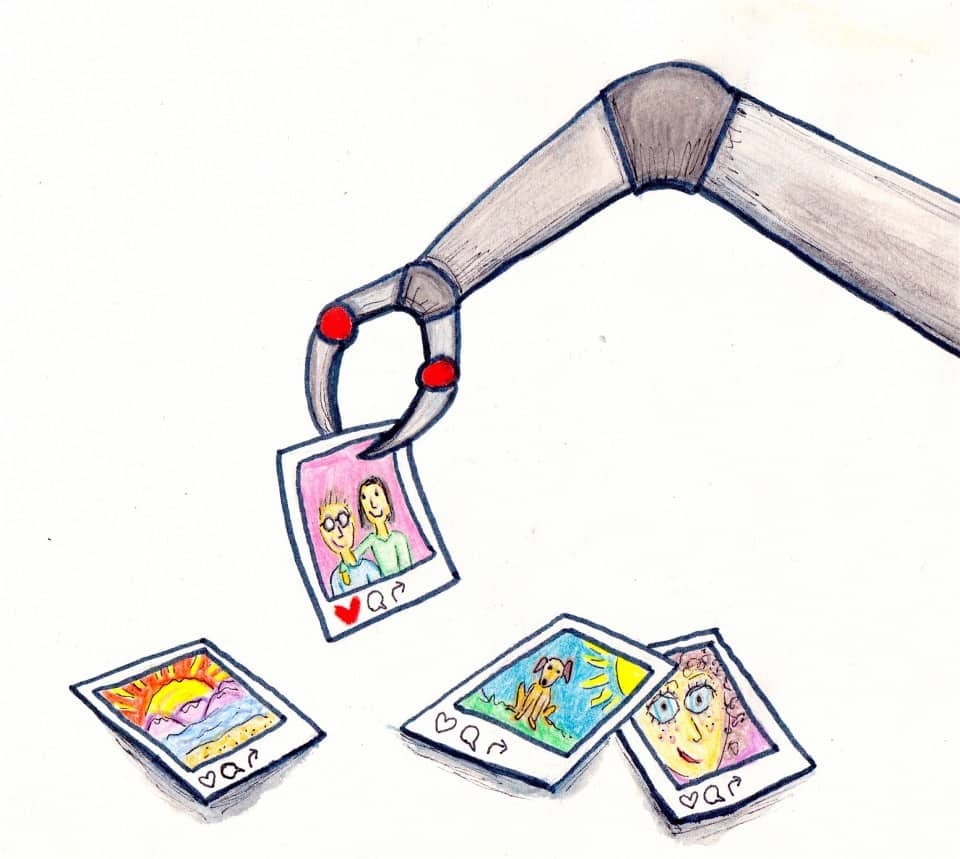[dropcap]E[/dropcap]arly Instagram users remember the app as a place for serious photography, before Facebook acquired it and selfies, food porn, etc. invaded photo streams. In response, some members adjusted to the influx of mundanity by forming a community for artists of all sorts. It has developed a culture with its own jargon, from ‘instameets’ to ‘collabs’. Now the coveted app is receiving backlash — similar to what Twitter recently was subjected to — regarding its upcoming implementation of an algorithmic feed.
On March 15, Instagram’s blog announced it will help people “See The Moments You Care About First.” According to Instagram, most people see only 30 per cent of the content on their feeds. By using an algorithm, Instagram is wants to prioritize content that you will most likely be interested in and place it at the top of your feed.
The Instagram blog post goes on to say, “If your favorite musician shares a video from last night’s concert, it will be waiting for you when you wake up, no matter how many accounts you follow or what time zone you live in. And when your best friend posts a photo of her new puppy, you won’t miss it.” Unlike Facebook that is intended for people to add their friends, Instagrammers follow friends and strangers alike, as long as they have a feed they admire.
For Instagram, an algorithm based on popularity will hurt those who use Instagram to promote their work and products. Instagram is about discovering new artists and places to go, and users often collaborate to support each other; implementing this algorithm will hinder that communal activity.
An algorithm also ensures you will see the same accounts, rather than a mixture of posts. Those who argue artists and small businesses should just learn to play the algorithm game do not understand what makes Instagram unique. Forcing people to ‘play the game’ will only make Instagram less accessible to people just starting out.
Getting rid of chronological feeds also ruins the timely interaction that is integral to the app, much like Twitter. By pushing the photos you tend to like the most to the top, people will miss giveaways and other time sensitive posts. Somehow, Instagram missed the fact that its platform is about so much more than following celebrities and friends.
There is so much excitement when someone posts a comment to your post and follows it up with a direct message; before you know it, you have made an Instagram friend. Or maybe you posted something that only received 12 likes, but somebody commented and offered you your first freelance job.This kind of spontaneity is less likely to happen if you only see what Instagram thinks you want to see.
Instagrammer Sarah Heard created a change.org petition to keep Instagram’s chronology, because Instagram promised to listen to feedback. To date, it has received over 330,000 signatures. One petitioner argued that the point of Instagram is to document moments and getting rid of chronological postings would end that. Instagrammers fear it would become another Facebook, a platform that many petitioners would quit because of the algorithm.
Chronological feeds give variety, which allow people to support more than just their favourite artists and friends. Instagram should at least offer an option to have a chronological feed. That way, all parties are satisfied.
Instagram is more than just a social media platform for friends to connect; it is a community for artists, entrepreneurs, and the general public. Facebook might own it, but it is not Facebook. Seeing as how Instagram survived Facebook acquiring it, then perhaps Instagrammers can also adjust to this algorithm too. Serious enough users will hopefully still peruse their entire feeds. Having the top few posts out of order might not be ideal, but hopefully it will not kill Instagram’s sense of community.


